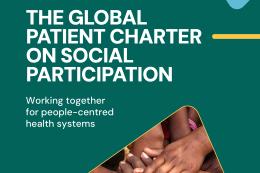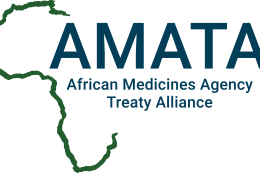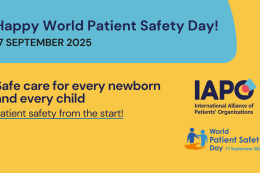Regulatory cooperation and harmonisation – the WHO vision

Access to health care and medical products is one of the fundamental human rights. WHO is committed to enhancing patients’ rights globally, which is why we are championing initiatives such as regulatory harmonisation. It is through these processes that we can ensure patients receive essential medicines. If available, affordable, of assured quality and appropriately used they can save lives and improve health status of the people. However, lack of access to essential medicines still remains one of the most serious global public health problems. About 30% of the world’s population – and in the poorest parts of Africa and Asia this figure rises to over 50% - lacks regular access to the most needed essential medicines.
Assuring the quality, efficacy and safety of medical products is an important task for national medicines regulatory authorities (NMRAs). This is performed through institution of a system which subjects all medical products to pre-marketing evaluation, marketing authorization and post-marketing surveillance, to ensure that they conform to required standards of quality, safety and efficacy. NMRAs in WHO Member States vary regarding their capacity to appropriately regulate the medical products and the reality is that many low- and middle-income countries (LMIC) cannot ensure the safety, efficacy and quality of medicines circulating on their markets due to the fact that they are resource constrained in terms of human, technical and financial resources.
Medicines regulation is a very complex issue and its effectiveness is determined by a number of factors, including the state of economic development, availability of the appropriate infrastructure and the overall status of the health-care system of a country. Regulatory cooperation and harmonization based on the common technical standards, creation of effective networks between NMRAs can facilitate sharing of scarce resources and elimination of duplication of efforts. It can also help in building regulatory capacity and trust.
Over the years WHO has played an active role in supporting regulatory cooperation and harmonisation globally, The example of such initiatives is the African Medicines Regulatory Harmonisation Initiative (AMRH) which is a joint effort of WHO and the AMRH partners. Since its establishment in 2012 the AMRH, which is based on the Regional Economic Communities, has progressed substantially in the East African Community (EAC) and is now embracing more RECs, such as ECOWAS, SADC and IGAD. The AMRH is now aligning its specific activities in the area of regulation of clinical trials with the African Vaccines Regulators Forum (AVAREF).
WHO is also actively supporting regulatory harmonisation agenda in other WHO regions. Examples of such initiatives are ASEAN SIAHR Project (Supporting Implementation of ASEAN harmonised requirements), the work of the Caribbean Public Health Agency (CARPHA), networks of regulators in South-East Asia and Western Pacific Regions which are both supported by respective WHO Regional Offices.
Regulatory cooperation and harmonisation initiatives at the global and regional levels have demonstrated their effectiveness in improving access to essential medicines, building regulatory capacity and trust and eliminating unnecessary duplicative activities.



